Kifaro comes from Studio McVey’s resin line (which I miss very much, since they stopped making them). He is sculpted by Allan Carrasco, who is probably the best monster sculptor in the world of miniatures and has a wonderful feel for anatomy, of both the real and fantastical variety.
Because he is rhino-ish, I went with a realistic rhino coloring, which is a plain, slightly yellowish gray. This presented a bit of a challenge, to keep things interesting despite the plain gray coloring. One of the things I did to add interest is add a tattoo. I was inspired by “tribal tattoo” designs, but ended up with something abstract of my own invention.
The other thing I did was add color into the grays. I used a lot of very dilute ink glazes to vary the gray tones, and also added red-orange colors to places which often have a bit of extra fleshy color in other animals (though not rhinos, as it happens).
The base is built mostly of cork tile, with sand and putty added to vary the texture a bit, and hide the flat parts of the tile. I quite like building bases this way, because it’s very easy to rip parts off and glue them back in a slightly different position to alter the overall form. Because this sort of moving and reforming is similar to natural processes, you can also get great organically random textures as a nature side-effect of doing this.
Kifaro’s base was the first I built which just sort of rises up out of a wooden plinth, without filling it to the edges. It’s not something you see very often, but I quite like the effect. I have done it several times since, most recently with Desert Wanderer.
Of course, when the sculptor is a master of anatomy, it’s important that the sculpture is anatomically correct. Actually, Kifaro’s caster decided that right between the legs would be a marvelous place to place an injection point, leaving a big chunk of resin there, rather than accurately sculpted anatomy. Some very delicate reconstructive surgery was required to correct the deformity. Just one of the joys of being a perfectionist in this hobby. 😉
He’s posted here on Putty & Paint. Not
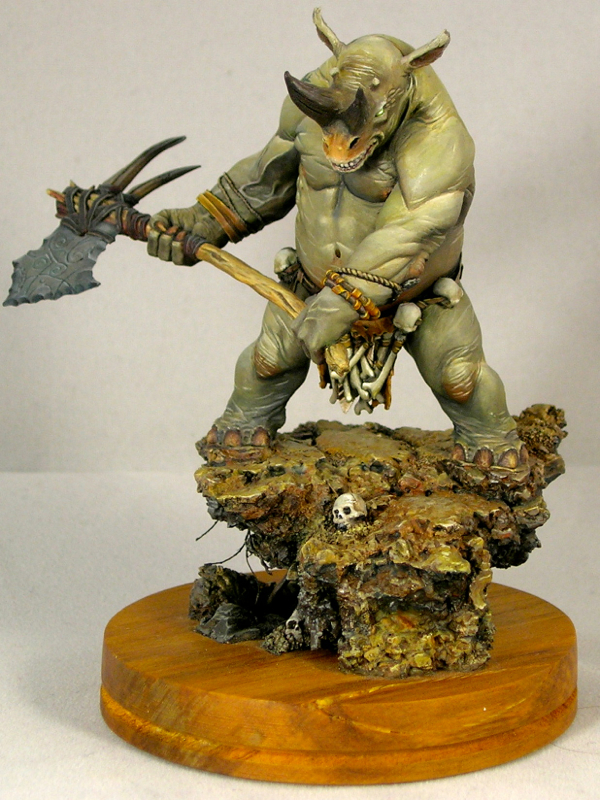
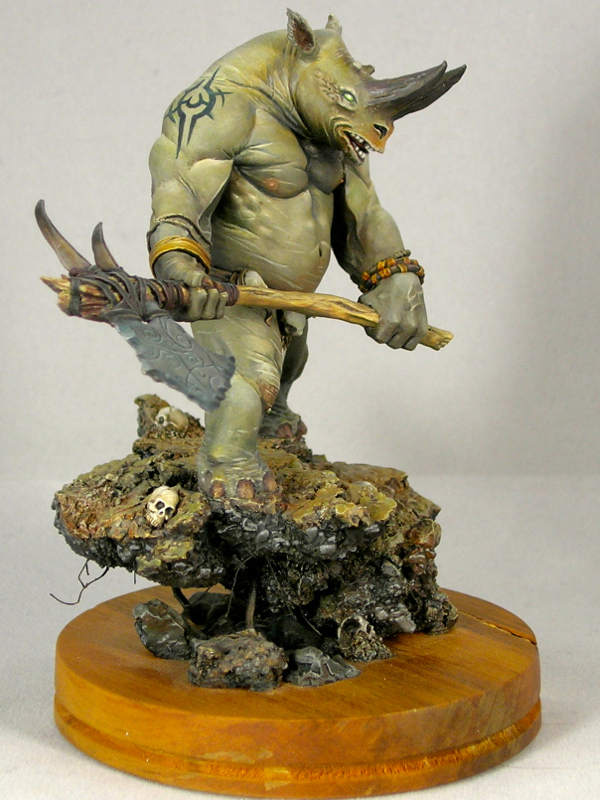
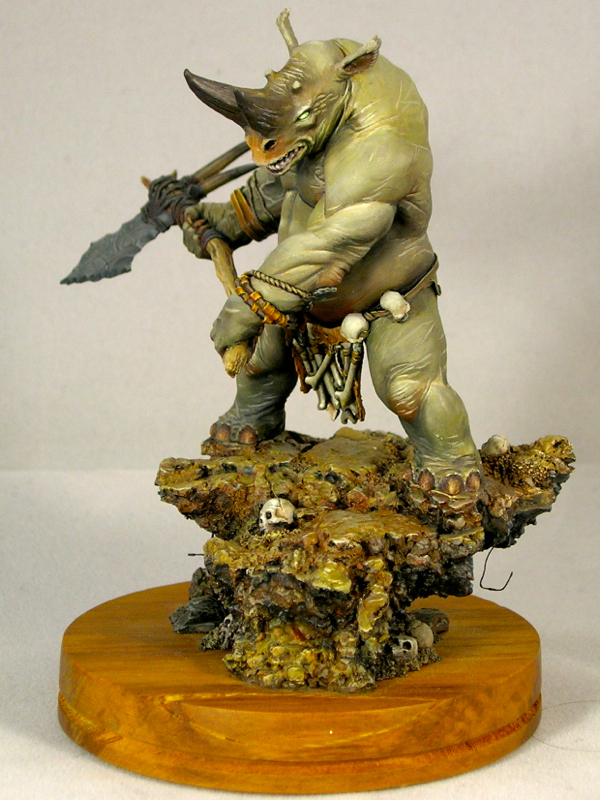
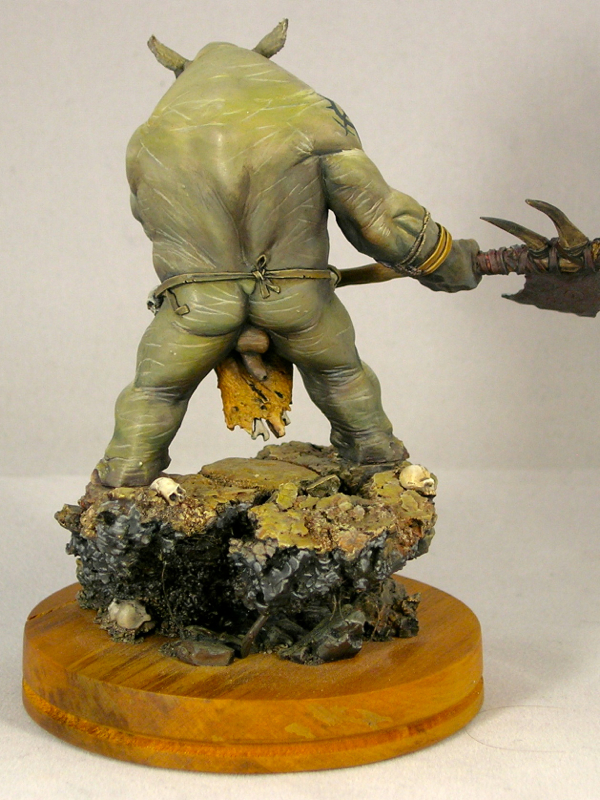
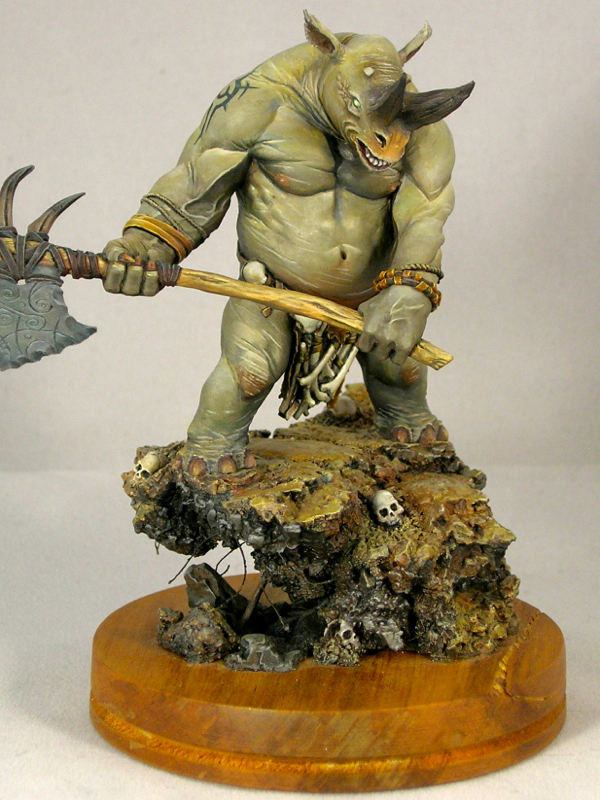
Leave a Reply